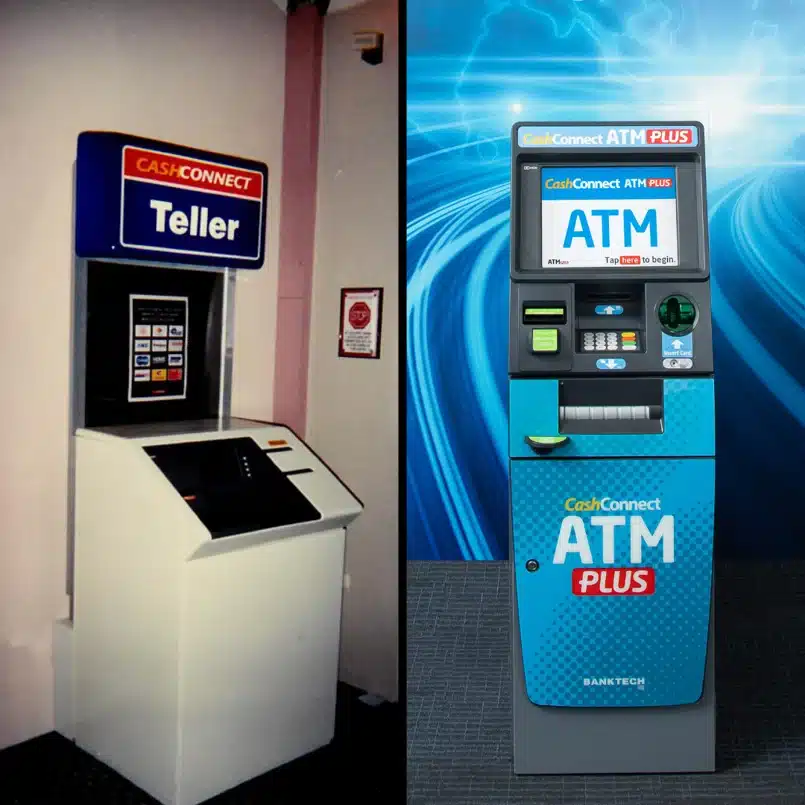Manual cash counting has been a stalwart of the hospitality industry for decades. Locking up at the end of the night and counting the float, while enjoying a cleansing ale (or two), has long been a pub or club duty manager’s way out of more laborious tasks involved with end-of-day closing.
Due to strict gaming regulations, Australian pubs and clubs today are still heavily cash-dependent, with gaming venues requiring a large amount of cash inventory that is recycled throughout the venue for spending and receiving. Yet as much as cash still plays a key role in these venues, and as much as managers may sometimes prefer to be at the back counting cash rather than managing the end-of-shift clean-up, it is far from optimal.
Here are 4 reasons why we think manual cash counting has run its course.
1. COUNTING CASH IS LABOUR INTENSIVE
Manual cash counting means float administration, and this is typically a two-person job, not just to help ensure accuracy (one person counts and the other verifies) but also to provide another layer of security (one person acts as a lookout while the other person counts). Assuming there’s three shifts a day and a float count takes half an hour, that’s two typically senior-level employees (e.g. managers) spending a total of 3 hours every day on this task, for one till. Multiply that by 3, 4 or 5 tills in your venue and that number quickly ads up.
That’s several hours a day not being spent improving the customer experience, or coming up with marketing ideas to attract more customers to the venue – in itself a significant loss to your operations.
2. MANUAL CASH COUNTING IS TOO RELIANT ON PEOPLE
People are fallible, and most venues accept that there will be a certain amount of shrinkage due to human error. After all, cash counting at the end of the day, after a long, busy shift, when you’re tired and your brain is not firing on all cylinders, is inevitably going to lead to the occasional mistake.
Unfortunately, though, people are also prone to deceit, with 95% of companies reporting some form of employee theft, and around 75% of employees admitting to having stolen from work. Studies have shown this type of behaviour is more prevalent among younger employees between 21 and 30, which means hospitality venues, who typically employ a high percentage of young employees, are particularly vulnerable to employee theft.
This is not helped by the tricky nature of reconciliations, particularly when you’re counting across several floats and shifts. When you’re reliant on manual cash counting and recording on reconciliation sheets, with no digital records of who’s handling what cash and where it’s going in or out, it becomes incredibly difficult to pinpoint where any discrepancies may have occurred over an 18-hour day – which makes it almost impossible to know whether any shrinkage is due to simple miscounting, or a disgruntled or dishonest employee skimming a little off the top.
3. COUNTING CASH IS RISKY
Handling of significant amounts of cash comes with a certain amount of risk, and gaming venues can be particularly vulnerable because criminals know these venues have to handle relatively large volumes of cash. This puts the venue at risk of robbery and armed hold-ups, while also exposing employees to very dangerous and traumatic situations.
Sure, most venues are equipped with bouncers, cameras and safes. Yet this can sometimes make managers and employees complacent in terms of other security measures they should be taking. For example, is cash exposed at any time (e.g. is the safe open when counting floats or depositing)? If so, for how long is it exposed? Do counts happen at predictable times of the day? All these things can put you at greater risk of being robbed.
Transferring cash manually can also put the business at great risk. SafeWork Australia recommends that venues should ‘change the procedures for transferring cash often including routes, times, schedules, the amounts transferred and the vehicle used for the transfer. Avoid banking alone and rotate the task so it is not always the same person visiting the bank.’ While good advice, these procedures are not always practical or achievable, and employees will tend to fall into a predictable routine, again exposing them to risk.
It’s also important to consider how robust your security equipment might be against theft. For example, if you tend to leave cash overnight in a safe (which saves on labour costs and time), is your safe 24-hour or night-rated? Has it been certified to ensure it meets insurance standards?
4. IT IS EXPENSIVE
Remember how we said your senior-level employees were potentially spending up to 15 hours a day counting cash? Well, when you think of this time in terms of wages, that’s roughly $375 every day, or over $120,000 a year.
Plus you also have to factor in shrinkage due to human error and theft. Even if you use the (fairly conservative) estimate of 1% of total cash sales lost to shrinkage, again, this adds up to a significant cost over the long term.
THE SOLUTION: AUTOMATED CASH HANDLING
Switching to automated cash handling can effectively solve all of these problems. By using technology like intelligent safes, cash redemption terminals and cash recyclers, thereby taking employees out of the equation, you can free them to spend their time elsewhere in the business, drastically reduce the wage cost associated with manual cash counting, and also reduce shrinkage due to error and theft. It also frees employees from the risk associated with cash handling – after all, you can’t hurt an ATM or cash recycler.
To find out more about how automated cash handling can help your business, contact us today.





